Microservices With .NET Core: Building Scalable and Resilient Applications
This article explores building scalable microservices with .NET Core, highlighting improved deployment, scalability, and resilience.
Join the DZone community and get the full member experience.
Join For FreeBeing a software engineer with extensive experience in developing vehicle tracking services and optimization of performance, I got the privilege to see the evolution of software architecture. My journey of building monolithic applications into embracing microservices has been quite challenging yet rewarding all this while. In this article, I am going to share my insights on how to build scalable and resilient applications using .NET Core, drawing from my experiences and the latest industry trends.
The Shift From Monoliths to Microservices
When I started my career at Falcon-i, we were developing Car Tracking Applications for control rooms and their customers. Our approach was more monolithic in nature, where we built big integrated systems that grew into a nightmare for maintenance and scalability whenever the number of our users increased. The resultant challenges included slow deployment cycles, difficulty in implementing new features, and the ripple effect of changes throughout the system.
That experience made me investigate other architectures, which became microservices. The move from monolithic to microservices was not simply technological but a paradigm shift in the way we approached software development. Now, let's see why microservices architecture has gained a very significant position in today's modern application development and also why .NET Core is the best-suited framework for its implementation.
Microservices vs. Monolithic Architecture: A Comparative Overview
We will first go through the understanding of microservices, and then dive deeper into .NET Core.
Monolithic Architecture
- Structure: There is only one codebase, all components tightly coupled to each other.
- Deployment: The entire application is deployed as a single unit.
- Scaling: To scale, usually the entire applications have to be duplicated, which may prove costly.
- Development: Easier to develop in the beginning but gets complex once the application grows.
- Technology stack: Generally, it's limited to a single technology stack.
Microservices Architecture
- Structure: Comprises a tiny, loosely coupled service which can be developed, deployed, and scaled independently.
- Deployment: Here, every service may independently be deployed, which could facilitate faster updates and rollbacks easily.
- Scalability: Services can be independently scaled based on demand, in turn optimizing resource utilization.
- Development: More difficult to initially set up but subsequently it pays off due to flexibility and maintainability in the long run.
- Technology stack: It supports a Polyglot architecture, meaning different services can use different technologies.
In my personal migration experience from monolithic to microservices architecture, the improvements I had witnessed were remarkable in the following areas:
- We were able to deploy updates more frequently with less risk
- It became easier to scale particular components of our application independently, which was very helpful for resource-intensive tracking services
- We introduced new features and technologies without affecting the whole system
- Failures could now be easily isolated so that they do not bring down the whole application due to a single point failure.
However, the list of benefits was complemented by its own set of challenges like increased complexity in communication between services and keeping data consistent. This is where the powerful ecosystem of .NET Core came in.
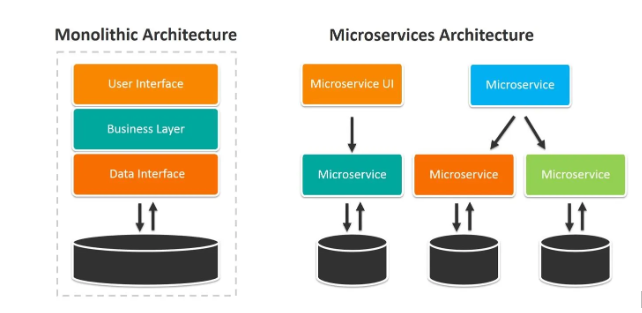
Why .NET Core for Microservices?
Several reasons influenced our decision in favor of .NET Core to build our microservices architecture:
- Cross-platform capability: As our team started to grow all over the world, development and deployment across multiple platforms became highly relevant. .NET Core is cross-platform, and this allowed our developers to seamlessly work on Windows, macOS, and Linux.
- High performance and scalability: The high-performance capability of .NET Core was very helpful, especially in tracking services in real-time applications where low latency with high throughput was at stake.
- Modern tool integrations: The neat integrations of .NET Core with Docker and Kubernetes simplified several deploying and scaling factors.
- Rich ecosystem: The great number of libraries and tools within the .NET ecosystem accelerated our development process by giving us solutions to common microservices challenges.
- Microservices-specific tools: .NET Core has out-of-the-box support for building and managing microservices, including features related to health checks, configuration management, and dependency injection.
Core Concepts of Microservices With .NET Core
Service Design
While refactoring our vehicle tracking system into a microservices architecture, we followed some fundamental principles of design:
- Single Responsibility Principle (SRP): While designing the services, each was built to handle one particular business capability. For instance, we further segmented our SMS alert service from core track logic for enabling them to evolve independently.
- Domain-Driven Design (DDD): We based our services on business domains, and it helped a lot in giving a clear boundary and enhanced the team's understanding of the system.
- Service contracts: It had to do with defining clear APIs and protocols for communication. We did our documentation using Swagger or OpenAPI; what this means is each member of the team and other potential consumers needed to be on one page with regards to what every service was capable of doing.
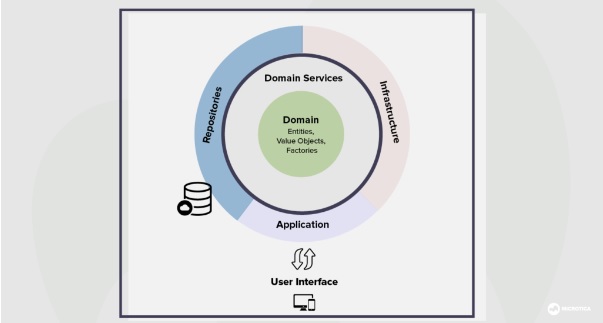
Service Communication
In a microservices architecture, there has to be good communication among these services. We realized both synchronous and asynchronous ways of communication:
- Synchronous communication: For real-time-like requests, fetching current locations of vehicles, we employed HTTP/REST APIs. We also investigated gRPC for high-performance, low-latency communication between internal services.
- Asynchronous communication: For event-driven scenarios, like sending alerts on the entrance/exit of a vehicle from/to a geofence, we have used message brokers. This was achieved by utilizing Azure Service Bus, which had a very good fit with our .NET Core services and gave us the guarantee of message delivery.
- Handling communication failures: We also introduced circuit breakers using the Polly library to prevent cascading failures and implemented retry mechanisms for transient faults.
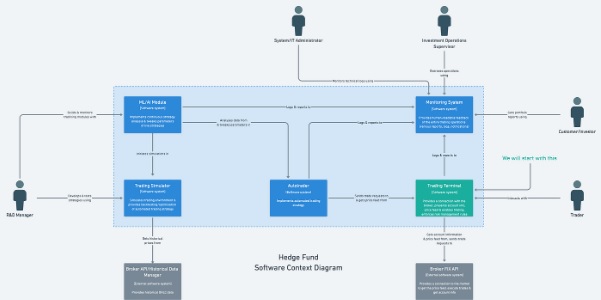
Data Management
Managing data in a microservices architecture presented unique challenges:
- Database per service pattern: Each microservice in our system would be deployed with its own database. This would, in turn, provide loose coupling, whereby each service was free to decide on the most appropriate technology to implement its database requirements.
- Eventual consistency: Event sourcing and CQRS were put in place to allow consistency of data across the services. For us, this proved quite helpful in maintaining the same vehicle status across different components of our system.

Resilience and Fault Tolerance
Our vehicle tracking system required us to build robust services:
- Circuit breakers: We used Polly for creating circuit breakers. It will prevent cascading overload in case of failing services so that the degradation would happen gracefully.
- Health checks and monitoring: We made use of some of the health check mechanics available in .NET Core for monitoring the status of our services along with all of their various dependencies.
Security in Microservices
Vehicle tracking data can be very sensitive, so security was a top priority:
- Authentication and authorization: We implemented OAuth 2.0 and OpenID Connect using IdentityServer4, ensuring secure access to our services.
- API gateways: Ocelot handled all cross-cutting concerns such as authentication, logging, and rate limiting at one spot.
- Secure communication: Finally, all communications between services were over Transport Layer Security (TLS).
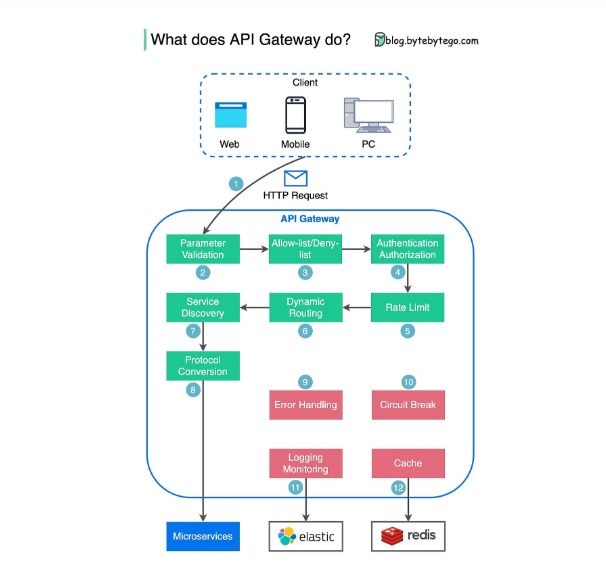
Building and Deploying Microservices With .NET Core
Project Structure
To achieve that, we designed our solution to keep each microservice in a separate project, which in turn kept the concerns well-separated:
- Solution organization: one solution per microservice; it allowed us to develop and deploy each service independently.
- Shared libraries: we managed shared code to minimize tight coupling between services.
Containerization and Orchestration
Containerization played a very vital role in our microservices journey:
- Docker integration: We integrated our containerized .NET Core services using Docker, which helped ensure consistency across development, testing, and production environments.
- Kubernetes deployment: We utilized Kubernetes to manage our containerized services, which greatly simplified the process of scaling and management.
- CI/CD pipelines: We created automated build, test, and deployment pipelines with Azure DevOps that enabled our ability to deliver updates fast and reliably.

Advanced Topics in .NET Core Microservices
As our microservices architecture matured, we delved into more advanced topics.
Event-Driven Architectures
We utilized event-driven patterns that enhanced the responsiveness and scalability of our system:
- Pub/Sub model: We used a publish-subscribe model with Azure Event Grid for handling events, like status changes.
- Event sourcing: Event sourcing was used for sensitive data like the history of vehicle movements so that an audit trail of everything could be kept.
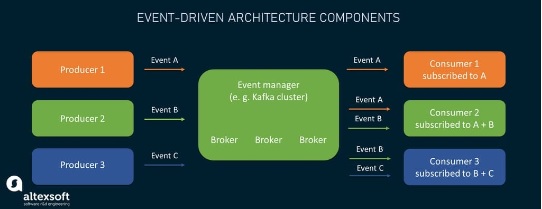
API Gateways
We have used Ocelot as the API gateway to appropriately route requests to microservices, distribute the load of traffic across instances of services, and apply security policies consistently for all services.
Distributed Tracing and Monitoring
To maintain visibility across our distributed system:
- We implemented OpenTelemetry for distributed tracing, which would enable us to track requests as they flow through multiple services.
- We used Serilog, which performed centralized logging for shipping results to Elasticsearch for easy querying and visualization with Kibana.
- We will set up Prometheus and Grafana for real-time monitoring and alerting about the health and performance of our services.
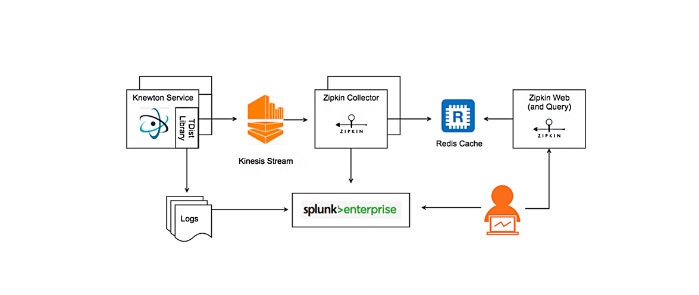
Conclusion: The Power of Microservices With .NET Core
Based on what I've gathered throughout this journey—from our starting point with a monolithic vehicle tracking system to a .NET Core-based microservices architecture—the advantages appear as follows::
- Scalability: Scaling up different diverse parts of our system can easily be done independently. Hence, scaling up the load with less effort can be realized.
- High resilience: It is highly resilient, and since the system is distributed, it takes away all the points of failure.
- Time to market: Because services are independently deployable, we are way quicker to get into the market regarding deploying features and updates.
- Flexibility: Even though our key technology stack remains .NET Core, this microservices architecture allows us to apply services in other languages when it makes sense.
After all, microservices are not a panacea, and the added complexity in the communication of services, challenges with data consistency, and the need for robust practices in DevOps are some of the trade-offs that have to be weighed against others carefully.
For those teams that would migrate to microservices, .NET Core provides a formidable, flexible, and productive platform. Cross-platform capability, performance, and rich ecosystem make it a perfect fit for creating scalable and resilient microservices.
As we continue to evolve our vehicle tracking system, we're really excited by the possibilities that microservices, along with .NET Core, could allow us to go through. This journey from monoliths to microservices has been transformative, not just from an architectural standpoint but in every single approach towards the software development process.
Opinions expressed by DZone contributors are their own.

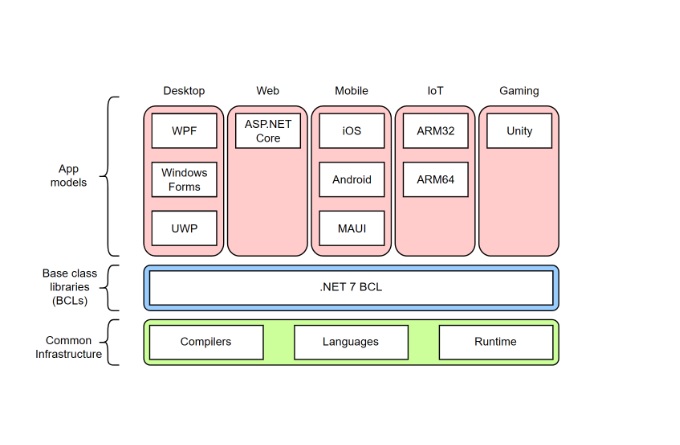
Comments